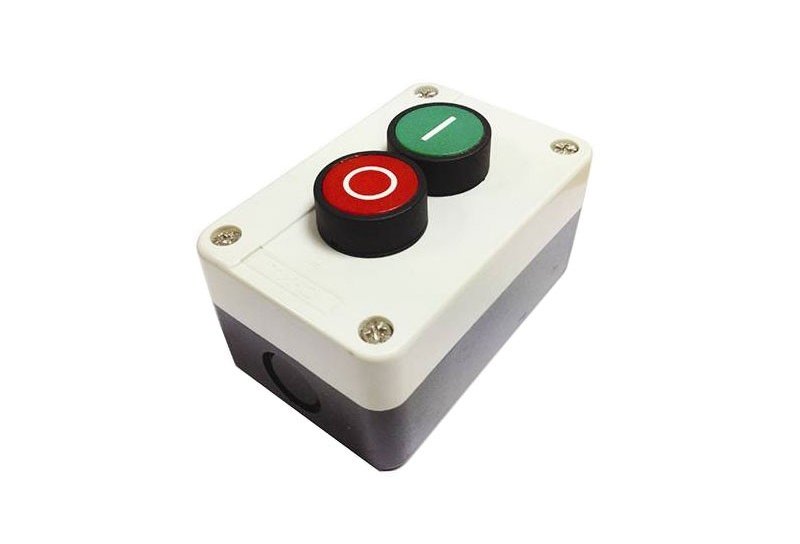
Many enterprises around the world use push buttons in their electrical systems. They offer a diverse array of purposes across industries. Not everyone, however, is familiar with why push buttons are an essential piece of equipment in certain scenarios.
Why Use a Push Button?
Push buttons are used in all kinds of applications. But why do we choose to use them? There are a few basic qualities push buttons have that make them more functional than alternatives.
First, a push button can do more than one thing. Multifunctionality might seem unintuitive, since you often just expect one output when you press a button. The nature of push buttons, however, allows for them to be integrated with more than one function in a system.
When you push the button, it can do a primary function like connect a circuit. But it can simultaneously break another one as well—allowing for more seamless, safe, operations in certain industrial functions.
The pressing nature of a button versus another type of switch is also preferential in certain scenarios. A button allows for quick and accurate use in critical situations. Below are three times you’ll need to use a push button instead of another kind of device.
Create a Kill Switch with a Push Button
For many people, when they think of a push button, they envision a huge, red emergency stop. A kill switch is a time when you’ll want to use a push button as opposed to another sort of electrical switch.
A button is preferential when implementing a kill switch for a few reasons. It can be made in various sizes and placed in multiple locations for ease of access. Plus, it doesn’t require any kind of interpretation. With a switch, one direction is on, while the other is off. When you use a button, all you need to do is press it in order to get the desired result. In a critical situation where every second counts, a push button kill switch can make all the difference.
Start or Stop an Operation
There are nearly limitless applications for how push buttons can be used for starting and stopping functions. Think about how many different circuits can exist in one assembly line or a highly involved industrial project. All of these require a mechanism to turn them on and off individually or together.
As already mentioned, push buttons can be used for simple applications that just complete or break a circuit. But they can also serve a purpose at another switch point. For instance, if you have a push button that turns on a conveyor belt, that same button could turn another process on or off as well.
It’s important to get push buttons that serve your precise purpose. Schneider Electric is one of the most trusted names in electrical components. They provide a wide variety of options for all kinds of equipment, which makes them a good place to look when trying to find the right push button for a certain application.
Momentary Contact Functions
Momentary contact is another area where push buttons really excel over other kinds of switches. This kind of function is exactly what it sounds like: The circuit is only complete while a user is holding down the button.
Momentary contact is useful when you need to be precise with equipment while only operating with analog controls. For instance, a lift can be operated with a button that only moves when pressed down. Keyboards are one of the most common examples of momentary push buttons, which are used in everyday life by people everywhere.
Push buttons are used in all kinds of applications in just about every industry. While these are three of the most common times you need to use them, there are many more applications where they serve a purpose.
This is an article provided by our partners network. It might not necessarily reflect the views or opinions of our editorial team and management.
Contributed content

Founder Dinis Guarda
IntelligentHQ Your New Business Network.
IntelligentHQ is a Business network and an expert source for finance, capital markets and intelligence for thousands of global business professionals, startups, and companies.
We exist at the point of intersection between technology, social media, finance and innovation.
IntelligentHQ leverages innovation and scale of social digital technology, analytics, news, and distribution to create an unparalleled, full digital medium and social business networks spectrum.
IntelligentHQ is working hard, to become a trusted, and indispensable source of business news and analytics, within financial services and its associated supply chains and ecosystems









